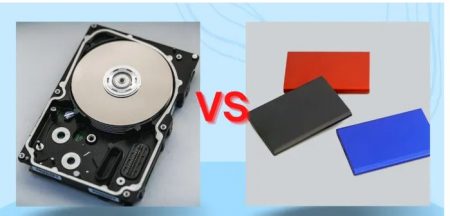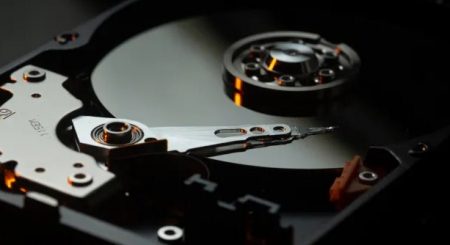Hard Disk or SSd Which Is Better.Hard Disk and SSD are two different types of storage units intended for computers. Let’s discover peculiarities and differences in this comparison.

The storage unit is one of the fundamental components of a computer, used for storing programs and files that are created and saved while using the PC.
Hard disk (HDD) and solid state memory (SSD) depict the configuration options that the user is often faced with before purchasing a new computer even if, as we will see later, the market is now leaning towards a specific direction.
In this guide we will examine the characteristics of the respective technologies , comparing advantages and disadvantages together with the effect that each of them has on the performance of the system and on the final price of the device.
HDD vs SSD: the main differences
The abbreviation HDD comes from the English Hard Disk Drive and refers to the so-called hard or hard disk present in the PC . This technology involves placing a series of magnetic disks inside a 3.5 or 2.5-inch drive that rotate rapidly while a mechanical head writes and reads information on them.
Available on the market for over half a century, HDDs were the absolute favorite option for data storage in the home and business until a few years ago.
Despite an exponential growth in the amount of space available, now reaching several Terabytes (TB), and the speed of storage, this technology has however been rapidly replaced in the last decade by SSDs, which have now become the standard for many manufacturers.
SSD instead stands for Solid State Drive, or solid state storage unit . In this case, the data is stored on a non-volatile flash memory chip, without the unit making any mechanical movement.
This results in a far greater speed for reading / writing data than the classic hard drive, making the system and program launch always snappy. This is one of the main reasons why some manufacturers such as Apple and Microsoft have chosen SSDs only for their respective lines of MacBook and Surface laptops.
HDD: pros and cons.

Hard disks or HDDs still represent a valid alternative for the management of large amounts of data, this is because, with the same capacity, the prices of a hard disk compared to an SSD are significantly lower .
Taking a practical example: for a 2TB internal HDD, such as the Toshiba P300 , online prices start at around 40 euros, while for a SSD of the same size, such as the Crucial MX500 2.5 ” , around 170 euros are required. Factor that clearly affects the final cost of the PC.
Crucial MX500 2.5 ”: the best offers
However, it is good to make some clarifications. The mechanical movement necessary for the operation of physical hard drives, and their larger footprint, make them more suitable for desktop computers than laptops. This is because vibrations or accidental falls can cause more or less serious damage to the unit with consequent loss of the data on it.
Furthermore, the speed of reading and writing data on an HDD reaches an average of 130MB per second, compared to the 500MB per second achieved by the SSD counterpart.
To overcome this limitation, some manufacturers have created hybrid systems that mount both SSD and HDD drives . In this way the operating system and programs can be installed on the solid state drive to allow a quick start of the PC, while the data find space on the classic hard disk so as to have more GB available.
SSD: pros and cons.

SSD drives, as already stated, have now taken the place of the more classic hard drives, especially on portable devices . The reason is basically to be found in the absence of a mechanical component that ensures greater protection from possible damage due to impacts during transport and lower consumption, with a considerable gain in terms of autonomy.
Another element that has favored its diffusion undoubtedly lies in the total silence compared to HDDs, which favors better concentration during work sessions. Added to this is a data reading and writing speed about three times higher than physical hard disks and which continues to evolve, touching 3.5GB per second in the latest generation units.
This makes them particularly suitable for use with professional games and applications, which require more effort during the loading phase.
SSDs can also fit older computer models after verifying compatibility, allowing users to speed up their system for a small fee. Among the examples we can mention the 128GB SSD Intenso or the 128GB Kingston A400 included within about 20 euros.
Which technology to choose?
At this point of our guide it is possible to sum up and decide which of the two technologies to rely on. As far as the notebook segment is concerned, the predominance of devices with an SSD-type unit on board is now clear .
It starts with low-end devices, such as the Chromebooks we talked about in a previous guide , up to models that offer 1TB SSD to manage large amounts of data, among which we point out the Acer Swift 3X .
If, on the other hand, you choose a fixed location with which to process large files, you can equip yourself with a large HDD , which can reach up to several TB of space. Or opt for a hybrid system, which includes SSD and HDD together so as to obtain a responsive system thanks to the usual state unit, while taking advantage of the space of the classic hard disk.
